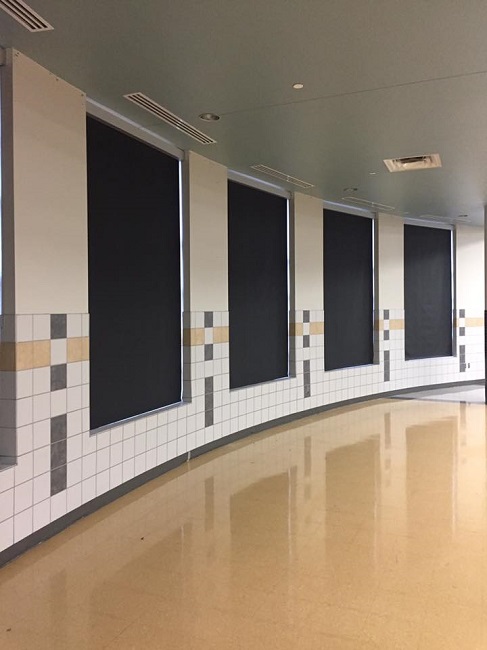Windows can either be a huge asset or a huge liability when you’re trying to keep your home cool during the summer. Whether you prefer a low base temperature or you want to beat the heat with good ventilation, focus on how your windows are influencing temperature changes, and strengthen your strategies with solar shields. Here’s how:

Solar shields deflect the heat of natural light.
Sunlight is made up of more than just bright light. It also has UVA and UVA radiation. It carries heat. It also can be bright enough where you don’t have to use internal fixtures for illumination. So keep the best elements of it (the visual light) while blocking the heat and UV radiation, which can not only be dangerous during prolonged exposure but can start to degrade plastic and wood inside your home without adequate protection. By keeping only what you need of sunlight, you can power down your lights and avoid having to ramp up your air conditioning to counter the heat.
Having standalone solar shields means you can open your windows.
A lot of new window options include solar tinting, double panes, and thermally broken steel components to help you regulate your home’s temperature. But a lot of the features are designed for winter because they increase insulation only so long as the windows are closed. Having standalone breathable features means you can still tap into the benefits of advanced window features, but you can also open your window to let a breeze in. The more open windows you can have in your house, especially if they’re still blocking the heat and bugs, the better you can generate a cross-breeze. Letting fresh air in and out from just a single point can help, especially if you have a ceiling fan. But letting fresh air flow through the entirety of your house really helps get rid of trapped heat, and that’s where a lot of energy savings can be found.
Go to Longhorn Solar Screens to start controlling your home’s temperature without relying solely on your air conditioner.
